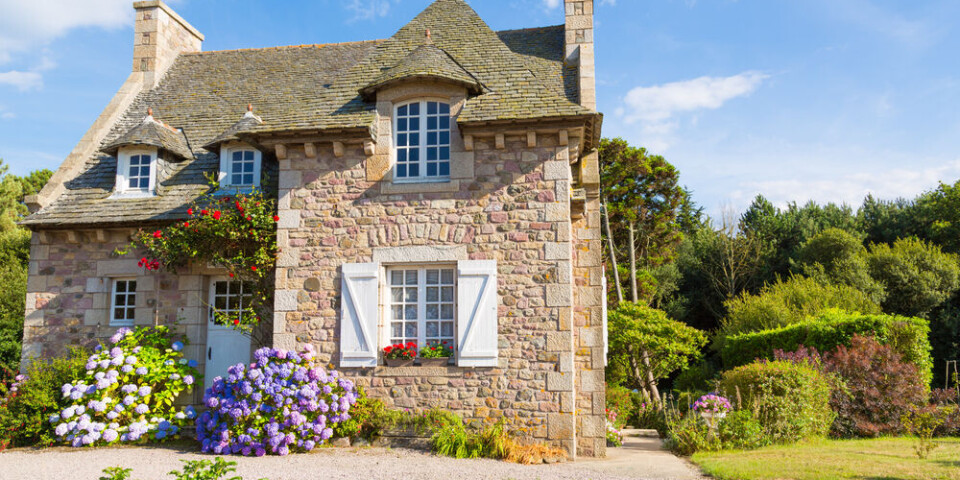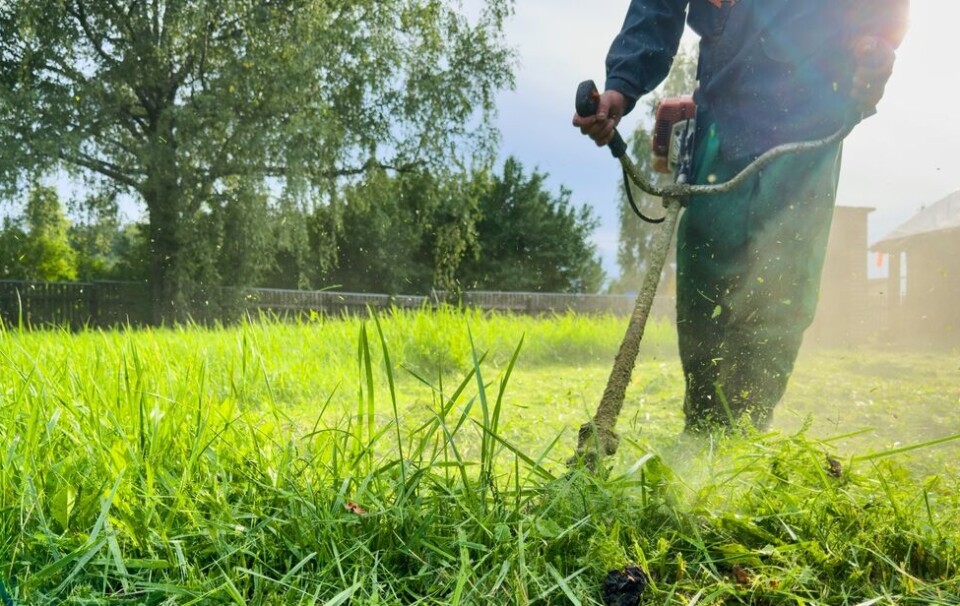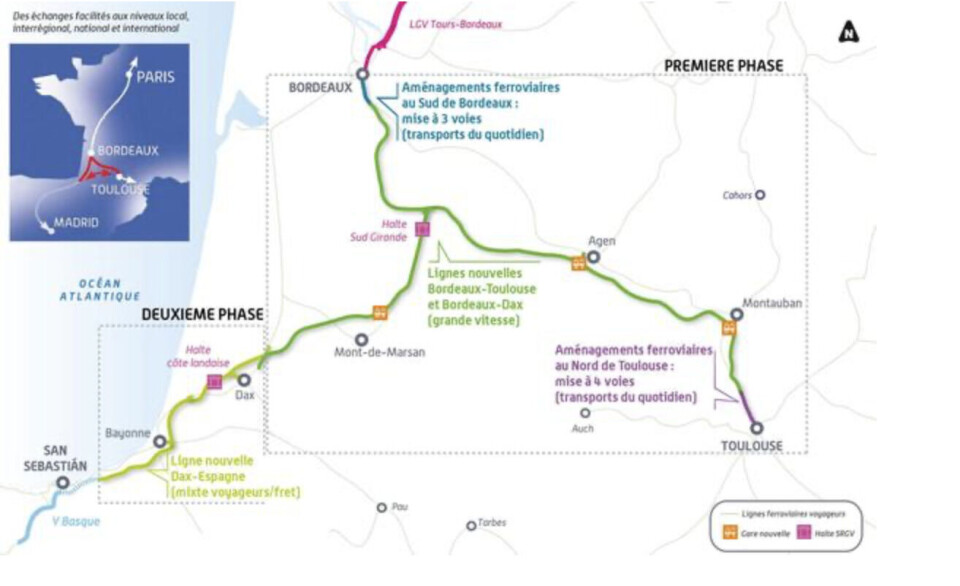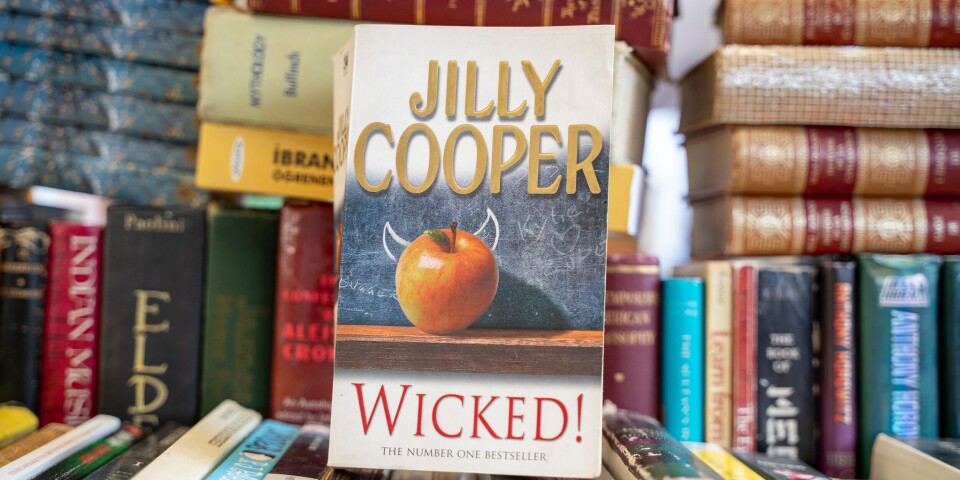-
Bills for France’s second-home property tax will start to arrive next week
More than 1,600 communes have opted to raise additional rates for the taxe d’habitation this year
-
1872 guillotine on public display at French museum
Execution tool has been on show only three times since France abolished the death penalty in 1981
-
What changes in France for residents in November 2025?
EES checks rollout, energy bills, taxes, and winter rules: See what is changing in France next month
Six tips to trace the history of your home in France
We guide you through how to research the history of your French property, from which document to start with to the secrets your roof timbers hold
Researching a home’s history can be fascinating – The Connexion previously reported on readers who traced their property right back to when it was built as a Templar commanderie in the 12th century.
Read more: If walls could talk: Anglo-French group delve into history of houses
Read more: Templars live on in historic buildings
There is no one way to carry out research. How you go about it depends on factors such as the age of the house, whether it was extensively renovated before you owned it, and even if you want to spend your days looking at dusty papers or not.
Some of the history of the house can be found in the paperwork associated with it – la paperasse has a long tradition in France.
The basic document to start with is the title deed, which is the acte authentique de vente if you bought the house, or the attestation immobilière if the property was acquired as the result of an inheritance or gift.
This will include the details of the previous owner, but also a description of the property, its plan cadastral references and the existence of any rights of way or other rights over the land.
From the plan cadastral references, you can trace how the ownership of various parcels of the property has evolved, especially when land was either cut up or added to, and find details of the people who owned the land at that time.
Cadastral information is also available at cadastre.gouv.fr but it does not include the history of the plots, and the site is a bit clunky to use.
You can use details in the cadastral information to contact your local Service de la publicité foncière office – also known under its old name, the Conservation des hypothèques.
Typically, they are part of the local tax office, but sometimes have their own offices.
Only around a third of house loans in France are hypothèques (mortgages). The rest are straight bank loans backed by a special housing fund, but all transactions around property have been recorded since at least 1956.
For houses built before 1956, there might be gaps in the record, but you should be able to find deeds of ownership, some mortgage details and any rules around copropriété and how the property was divided up.
Details for houses built after 1956 include the names of all previous owners, the amounts the property was sold for, and if the land was ever mortgaged or used as collateral for a loan.
To get the information, a form, Cerfa number 3233, must be filled in and an admin fee of €6 paid. To get a paper copy, you need to send €15 for each one required.
Another source of information is the departmental archive service.
Each department in France has its own, including public reading rooms. Most are free to use but some require a fee, usually around €5, for each visit.
You can ask for any specific information on the property (sometimes they have deeds from before 1956 not found in the tax office), but also about the town or village where the property is, letting you build a picture of life through the ages.
The further back you go, the more likely it will be the documents are in old French or Latin, so brush up on your languages.
Not all your research needs to be paper-based – a good look at the house can give clues as to when it was built or altered.
For example, old toilet cisterns often have the date stamped on them, and if mud is used for the binding material of the walls instead of cement or lime mortar, it was probably built before World War Two.
The date of construction can also be narrowed down by looking at the architectural style, and even the number of layers and type of paint used.
Samples of roof timbers can be carbon-14 dated – accurate to a few years of when the tree was cut, but usually costing a few hundred euros.
Finally, ask other villagers what they know of the house and its former residents.
As France changes, the chances of people staying in one village all their lives are reducing, so it is worth making the effort while the generations who have done so are still with us.
History of your home in France
If you have traced the history of your home in France we’d love to know what you found. Share your story with us vianews@connexionfrance.com
Related articles
French farmhouse renovation unearths tools that tell everyday history
‘Restoring a medieval chateau in France is more than lifetime project’
Explained: How to apply for a renovation grant for your French home
























